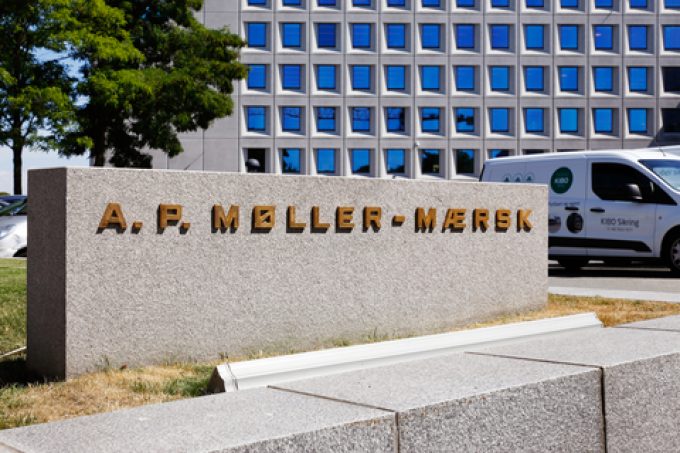Shipping lines should buy fuel collectively to clear a path to 'green' target
Enhanced alignment between shipping and fuel producers is essential if the industry is to meet ...

AP Møller Maersk saw “a quarter of solid growth on the top line” and an underlying profit of $251m in Q3, and a cumulative positive of $100m for the nine-month period.
Group CEO Soren Skou said this morning the result represented “solid progress in our transformation”, adding that ...

Comment on this article